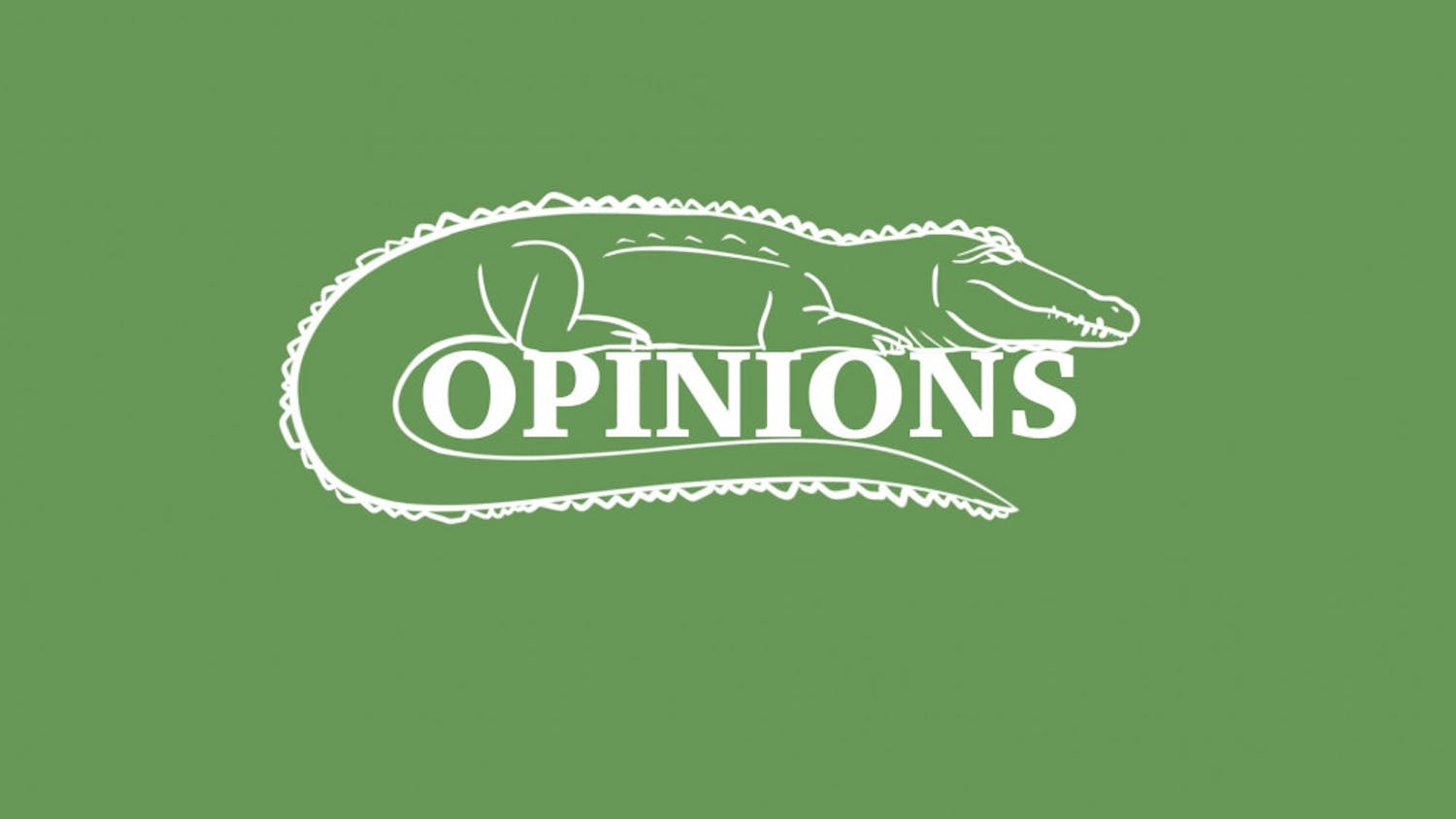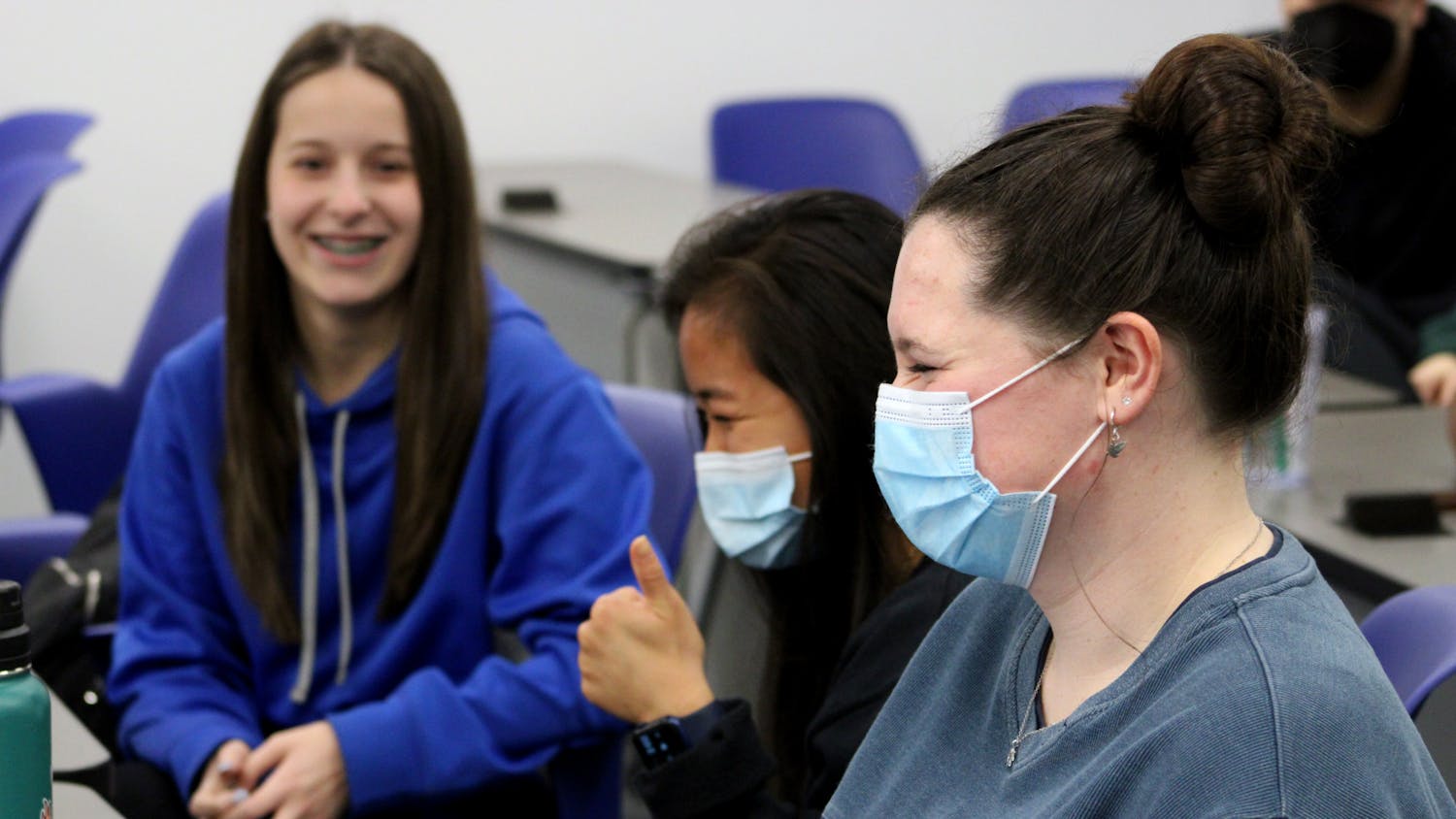Last week I got the opportunity to experience something few students do in their time here at UF: Library East.
No, I didn’t get my directions mixed up: I’m talking about the building that is slightly to the right and much more impressive.
Smathers Library, as it was renamed in 1991, is just a couple of steps away from the beloved Club West. But few people seem to realize it is actually there; the library is one of the most overlooked treasures at UF. While it does not have the many studying accommodations and a 24-hour Starbucks like its counterpart, this historic building has its own claims to fame.
Among its many impressive contents, Smathers Library is home to the Latin American and Caribbean Collection, which is considered among the finest in the world of its kind for its extensive assemblage of historical and current volumes and documents.
Also housed under the library’s Department of Special and Area Studies Collections is the Baldwin Library of Historical Children’s Literature, among the greatest in the world. It has more than 130,000 books and draws in scholars worldwide.
I’ve held one of the first printings of the Adventures of Huckleberry Finn in my hands and perused through the collections of poems by the late British poet W. B. Yeats as part of class curriculums.
But the most amazing thing of all is that unlike many other libraries that take special precautions to preserve their books — making their visitors wear gloves in order to handle their collection pieces — Smathers Library follows no such protocol.
While there are some pieces in the immense collection that do require special care, the majority of the books are available to read, touch and experience sans barriers.
In a world detached from its not-so-immediate reality, this library allows you to touch a piece of history in a way few others do.
By holding in our hands books published decades and even centuries ago, we hold history in our hands as well. But few know this is something they can experience in the first place.
Just as such, there is so much going on all around us that for one reason or another we do not recognize. We go through what many like to call an information overload: We see so many things, whether it be in real life or on our screens, that we can only devote so much time to each of them before we scroll or avert our eyes.
As fellow college students we briefly mourned the lost lives of the students at the University of North Carolina at Chapel Hill, but soon, what will we make of this? Try as we might, there is an inevitable, if unintentional, need to move forward. But that is not to say we should forget and remain idle.
Technological advances have made the world smaller and added greater barriers than ever before. While we can find out in minutes when an airstrike happens halfway across the world, from that very distance a man can now control that attack with a drone. These advances that arguably save lives on both sides of the violent encounter are also adding degrees of separation between us and those whose lives we directly affect. Will we further distance ourselves from the realities that surround us and force history to repeat itself from lessons unlearned?
While we may not always have the ability, time or resources to always be in the know of all events past and present, I urge you to try.
The information and the means to do something about whatever it is we deem important are out there, but we often lack the curiosity and the will. Our past is just as important as what is going on around us right now, and the opportunities to learn about ourselves and the world around us should be taken eagerly and without hesitation.
Sol Angel Canal is a UF English junior. Her column appears on Mondays.
[A version of this story ran on page 6 on 2/23/2015 under the headline “Closer than ever to past and present"]





